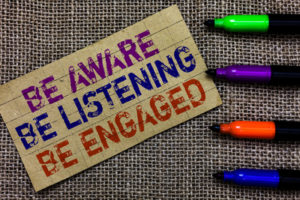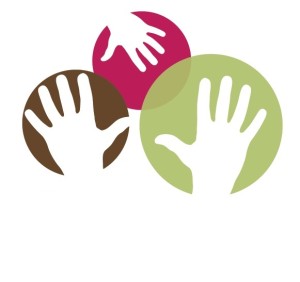
“No matter what job or industry you’re in, life is hard,
we’re all going through a difficult time and the best thing we can do
is pick each other up and move on together. ”
– ―Eric Nam
Greetings to you!
Keeping our wits about us is no laughing matter these days. Our own mental health and that of our children, students, and colleagues are priorities all too easily overlooked as we rush around with endless to-do lists. We’ve focused the resources in this Buzz on strategies for embedding mental health awareness and care at home, at school, and in the workplace.
Our best to you, as always,
The CPIR Team
_______________________
Looking for Basic Resources on Mental Health?
Try CPIR’s Mental Health Resources Page
(Lots of connections to materials in Spanish)
Updated in 2021, this page offers you a quick-connect to resources of all kinds: what to do and where to turn in a mental health crisis, a fact sheet on emotional disturbances, centers of expertise to be sure to visit, where to find mental health services, and organizations dedicated to specific mental disabilities.
_______________________
Supports for Schools
Long COVID under Section 504 and the IDEA: A Resource to Support Children, Students, Educators, Schools, Service Providers, and Families
To date, many students have contracted COVID-19 and are still experiencing its effects, in the form of what has come to be called “long COVID.” This 8-page resource from OCR and OSERS builds on guidance issued by the Departments of Justice and Health and Human Services concerning long COVID as a disability and clarifies that, for young children and students, long COVID can be a disability that gives rise to IDEA eligibility and may also be a disability under Section 504 and the Americans with Disabilities Act.
_______________________
 Supports at Home and Beyond
Supports at Home and Beyond
Anxiety in People Who Learn and Think Differently
(Available in Spanish: La ansiedad en personas que piensan y aprenden diferente)
People who learn and think differently are more likely to have anxiety than other people. In fact, children with ADHD are up to 3 times more likely to have anxiety than those who don’t have ADHD. Anxiety also often occurs with dyslexia, slow processing speed, and sensory processing issues. This series of articles from understood.org includes an anxiety log that parents can download and use to take notes on when their child gets anxious. The anxiety log is also available in Spanish.
Panic Attacks and How to Treat Them
(Also available in Spanish: Ataques de pánico y cómo tratarlos)
A real panic attack is when you experience sudden, intense physical symptoms — racing heart, sweating, shaking, dizziness, shortness of breath, nausea — and you interpret them to mean something is terribly wrong. People often believe they’re dying. Read more at the Child Mind Institute.
_______________________

Supports in the Workplace
20 Tips for Supporting Team Mental Health
The mental health of each team member is vital to your organization’s performance. Leaders at every level must intentionally and continually commit to finding ways to improve the mental health of their teams.
_______________________
 This eNewsletter from the CPIR is copyright-free.
This eNewsletter from the CPIR is copyright-free.
We encourage you to share it with others.
Subscribe to the Buzz from the Hub.
See past issues of the Buzz.
____________________________________________________________

